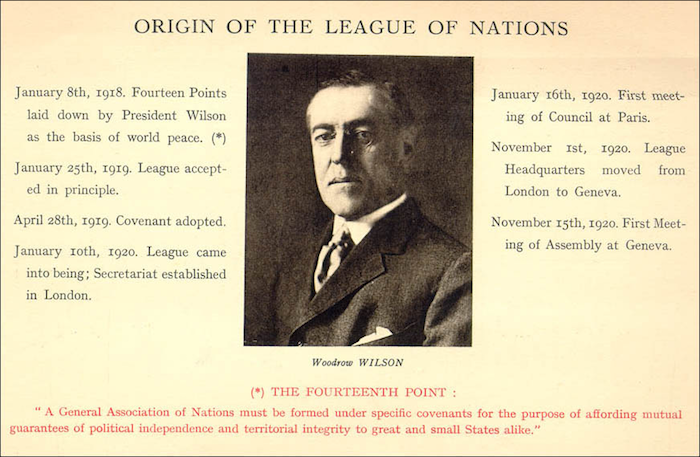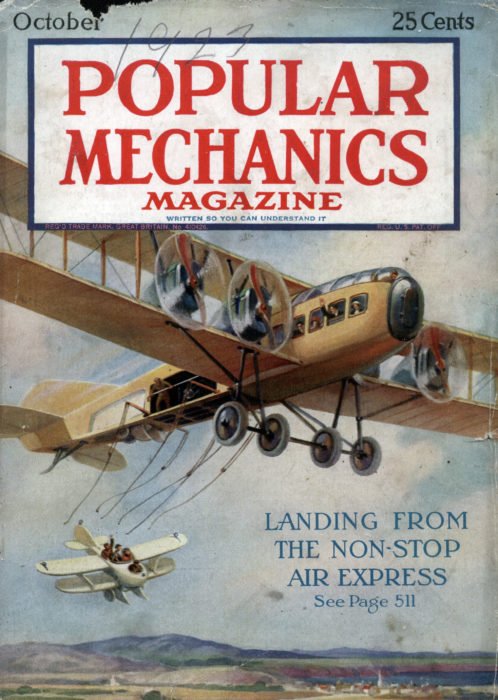As we all1 know, the Aerial League of the British Empire (later the Air League of the British Empire, now just the Air League) was founded in 1909. Less well-known is that the Aerial League also sponsored the formation of the Women’s Aerial League (they are often described as being affiliated, or as the latter being part of the former, but while relations were friendly the Women’s Aerial League seems to have led its own existence), which itself set up the Boys’ and Girls’ Aerial League (which I think later changed its name to the Young Aerial League). But even less well-known is that all of these aerial leagues were preceded by what seems to have been an entirely separate and apparently very short-lived air league known as Britain’s Aerial League.
The only trace of this I have been able to find so far is a brief article in the Sunday Times in early January 1909:
BRITAIN’S AERIAL LEAGUE
On all hands the signs are visible that the aeroplane is rapidly becoming an accomplished fact. The appalling prospect which its use as an engine of warfare suggests has led to the formation of ‘Britain’s Aerial League,’ the main object of which is to employ every means possible to bring about an international understanding by which the use of airships, aeroplanes, and other aerial machinery shall be prohibited in war, except for observation purposes. The incalculable damage which could be effected in a few hours by a fleet of foreign airships surely needs no insisting upon. Another object of the league is to urge upon public men, without distinction of party, the necessity for placing the United Kingdom upon a level with other countries as regards the building of aerial machines. It will also assist inventors in giving practical trials of their machines. The hon. secretary of the league is Mr. John Mayou, 1, Pump-court, Temple, E.C.2
The obvious question to ask is whether this might be in fact the good old Aerial League of the British Empire, given that it had its first meeting in February 1909, but with advance publicity appearing in the press in late January, less than three weeks after this article appeared. The name is different, of course, but maybe it was decided to change it before the actual launch — ‘Britain’s Aerial League’ is a rather awkward formulation, after all. Or perhaps the name was still under discussion at the start of January and the press was notified by mistake. It could be that this Britain’s Aerial League is a glimpse of the embryonic Aerial League of the British Empire.
But I don’t think so. The name is not the only difference. Another is the name of the honorary secretary, John Mayou. He appears nowhere else in the annals of the Aerial League of the British Empire, or indeed in the annals of aviation, that I can find. And the initial honorary secretaries of the Aerial League of the British Empire were Colonel H. S. Massy and Stephen A. Marples. Still, this discrepancy could be explained by a falling out among the founders.
More significant is the difference in aims between Britain’s Aerial League and the Aerial League of the British Empire. Both would have been as one on the need for the British aviation industry to rank with that in other countries, but they would have violently disagreed as to why. The ultimate objective of the Aerial League of the British Empire was to build up British airpower, as Massy and Marple explained in a letter to the Sunday Times:
Far-seeing people in this country are beginning to realise the significance of the coming science in respect to our insular position and to appreciate the vast commercial possibilities that the manufacture and world-wide use of air craft [sic] offer to the nation which secures the lead. We, as the over-seas messengers and carriers of the world, must secure and maintain the command of the air, not only with a view to the protection of our shores, our Colonies, and our food supplies from possible aggression, but to place our aerial marine in the same predominant position that our Navy holds to-day.3
In other words, Britain should be first among nations in airpower as it is in seapower, in order to safeguard Britain’s shores as well as its trade: the only way to be safe is to be strong. But compare this to the aims of Britain’s Aerial League:
the main object of [Britain’s Aerial League] is to employ every means possible to bring about an international understanding by which the use of airships, aeroplanes, and other aerial machinery shall be prohibited in war, except for observation purposes. The incalculable damage which could be effected in a few hours by a fleet of foreign airships surely needs no insisting upon.2
This is disarmament before the event: the only way to be safe is for everyone to be weak. It couldn’t be further from the Aerial League of the British Empire stood for.
Given this fundamental incompatibility in objectives, I find it difficult to believe that Britain’s Aerial League was simply a first pass at what became the Aerial League of the British Empire. Yes, there is the near-coincidence in dates and the obvious similarity in names. But I think this is easily explained. Michael Paris suggests that Massy and Marples were ‘almost certainly influenced’ by R. P. Hearne’s book Aerial Warfare (1909), one of the earliest non-fictional books devoted to the topic.4 In an appendix, Hearne suggested that ‘the time is ripe for a popular movement which would take some such form as the establishment of an Aerial Defence League’, ‘a powerful society which, at least, would fully inquire into the merits of the military airship’, by undertaking research, providing assistance to the government, and so on.5 I think Paris is probably right, and I suspect that Britain’s Aerial League was also a response to Hearne’s call, if not quite in the way that he would have intended. While Aerial Warfare has a formal publication date of 1909, it appears that it was actually in circulation in December or even November 1908 (judging from advance press and advertising).6 So there was plenty of time for Mayou to buy and read Hearne’s book, and decide to form, in his own way, an Aerial Defence League, one based on a civilian and non-military conception of aviation and airpower.
If this is true, and the two air leagues are separate organisations, then perhaps it is telling that — judging from the lack of any other references to it — the ‘pacifist’ air league seems to have died a quick death, whereas the ‘militarist’ air league did at least survive, if not actually thrive. The only other such early aerial disarmament effort I know of was similarly unsuccessful; it took a world war to make it seem necessary, and even then it failed dismally. But at least the idea of an aviation divorced of war was there at the start.
![]() This work is licensed under a Creative Commons Attribution-NonCommercial-NoDerivatives 4.0 International License.
Permissions beyond the scope of this license may be available at http://airminded.org/copyright/.
This work is licensed under a Creative Commons Attribution-NonCommercial-NoDerivatives 4.0 International License.
Permissions beyond the scope of this license may be available at http://airminded.org/copyright/.
- For very small values of ‘all’, obviously. [↩]
- Sunday Times, 3 January 1909, 5. [↩] [↩]
- Sunday Times, 28 February 1909, 13. [↩]
- Michael Paris, Winged Warfare: The Literature and Theory of Aerial Warfare in Britain, 1859-1917 (Manchester and New York: Manchester University Press, 1992), 89. [↩]
- R. P. Hearne, Aerial Warfare (London and New York: John Lane, the Bodley Head, 1909), 215, 217. [↩]
- See, e.g., Courier (Dundee), 23 November 1908, 7, which says it will be published ‘immediately’, and Times Literary Supplement, 3 December 1908, 445, where it appears in John Lane’s advertisement listing new books, but not in subsequent issues. [↩]





Pingback: Eleven, Eleven, Eleven — I – Airminded
Pingback: Packed Flight Bargain Time Travel | Vintage Aero Writer